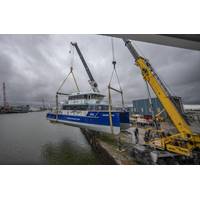
New Vessel Launched for Lake Superior Research Institute
Harvey, La. shipbuilder Midship Marine has launched a new low-emission battery hybrid research vessel for the Lake Superior Research Institute (LSRI) at the University of Wisconsin-Superior.Described as a "floating classroom", the 65-foot aluminum catamaran Sadie Ann has been will support the university’s on-water education and research in the the icy waters of Lake SuperiorThe Incat-Crowther-designed vessel is 24-feet wide with a maximum capacity of 49 passengers and eight crew. A reinforced hull will allow operation in light winter conditions and the 4.6-foot draft will be operable
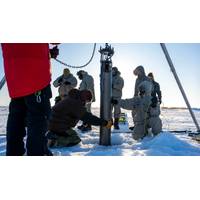
Rocket Scientists Build Antarctic Robot Probes
the changing height of the ice from above.During the March field test, an IceNode prototype descended 330 feet (100 meters) into the ocean to gather salinity, temperature and flow data. Previous tests were conducted in California's Monterey Bay and below the frozen winter surface of Lake Superior, off Michigan's upper peninsula.Ultimately, scientists believe 10 probes would be ideal to gather data from a single ice shelf cavity, but "we have more development and testing to go" before devising a timeline for full-scale deployment, Glick said.(Reuters - Reporting by Steve
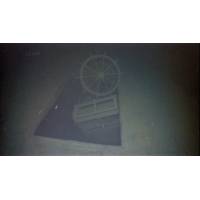
Wreck of WWII-era Cargo Ship Found in the Great Lakes
The wreck of a World War II-era freighter has been discovered in over 600 feet of water around 35 miles north of Michigan’s Keweenaw Peninsula.Over the last 7 years, shipwreck researcher Dan Fountain has been studying remote sensing data in the search for shipwrecks in Lake Superior. After coming across a particularly deep anomaly, he reached out to the Great Lakes Shipwreck Historical Society (GLSHS) for help in identifying the potential wreck. In 2023 GLSHS Director of Marine Operations, Darryl Ertel, Fountain and crew of the R/V David Boyd, towed a Marine Sonic Technology side-scan sonar over
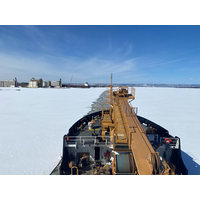
NOAA, Coast Guard to Collect Data from a Great Lakes Icebreaker
This week, NOAA's Office of Response and Restoration (OR&R) scientists worked with the U.S. Coast Guard during ice-breaking in Lake Superior Harbor in Duluth, Minnesota, aboard the Coast Guard Cutter Spar. This project is the first set of experiments funded by the newly developed Great Lakes Center of Expertise.Teams from both Coast Guard District 9 and NOAA deployed uncrewed aircraft system (UAS) with multispectral, thermal and LIDAR sensors to collect data while the Spar was breaking ice in the harbor. The team collaborated to develop data and mapping products that will advance our ability
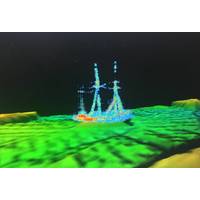
Discovery: Historic Shipwreck Found in Lake Huron
;an area of Lake Huron known for its treacherous waters that have claimed the lives of many sailors.The 190-foot steamer Charles J. Kershaw departed Ashtabula, Ohio, on Lake Erie, with the schooner barges Ironton and Moonlight in tow. The vessels sailed empty, destined for Marquette, Michigan, on Lake Superior.At 12:30 a.m. on Sept. 26, while sailing north across Lake Huron under clear skies, Kershaw's engine failed, leaving the ship without power. A few miles north of the Presque Isle Lighthouse, a strong south wind pushed Moonlight and Ironton toward the disabled steamer. To avoid entanglement
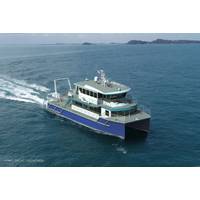
Incat Crowther Designs University of Wisconsin-Superior's New Research Vessel
The Lake Superior Research Institute (LSRI) at the University of Wisconsin-Superior has commissioned naval architecture firm Incat Crowther to design a new low-emission battery hybrid research vessel.The aluminum-hulled vessel will be built by Louisiana shipbuilder Midship Marine for expected delivery in spring 2024.Described as a ‘floating classroom’, the 65-foot USCG-certified catamaran will support the university’s on-water education and research and features proven parallel hybrid battery propulsion technology to reduce greenhouse gas emissions and help meet the university’s
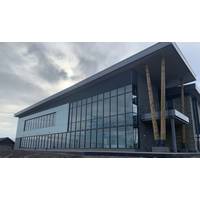
New Freshwater Research and Education Center Unveiled
State-of-the-art laboratories for campus constituents to conduct freshwater research, hands-on exhibits for community members to learn ways to protect natural resources, and wall-to-wall windows for uninterrupted views of the St. Marys River as the backyard-backdrop highlight Lake Superior State University’s new $14.2 million Richard and Theresa Barch Center for Freshwater Research and Education (Barch CFRE).LSSU will host a grand opening of the 18,000 square-foot, two-story site for campus colleagues, community partners, and the general public on Friday, Dec. 10, 2021, from 11 AM to 2 PM.
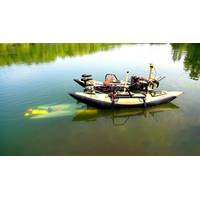
VIDEO: Purdue Working on Mobile Docking Station for AUVs
, so we get the optimum use of these robots.”mahmoudian-autonomousA paper on the mission planning system that Mahmoudian and her team developed has been published in IEEE Robotics and Automation Letters. The researchers validated the method by testing the system on a short mission in Lake Superior.“What’s key is that the docking station is portable,” Mahmoudian said. “It can be deployed in a stationary location, but it can also be deployed on autonomous surface vehicles or even on other autonomous underwater vehicles. And it’s designed to be platform-agnostic
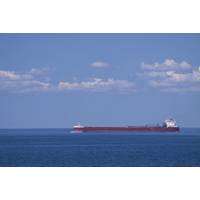
Study: Nonnative Species Carried in Lakers' Ballast Water
A recent study on nonindigenous species of plankton in ballast discharges from U.S. and Canadian lakers to western Lake Superior documented five species of nonindigenous zooplankton not yet established in western Lake Superior, including Hemimysis anomala (“bloody red shrimp”), in ballast water discharged there. It also detected, in uptake water, a species of zooplankton (Paraleptastacus wilsoni) that had not previously been recorded in the Great Lakes.Some of the species, including this one, live in harbor sediment and may have escaped routine surveillance to date. Determination of
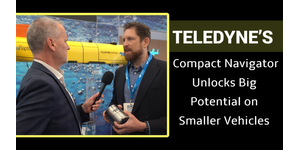


 February 2025
February 2025





